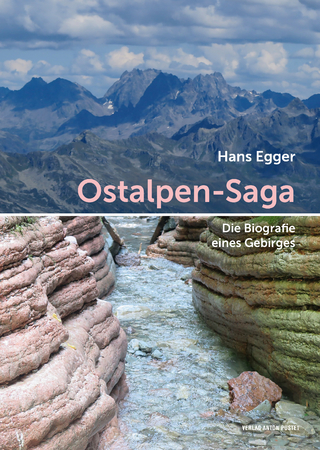
Modelling Critical and Catastrophic Phenomena in Geoscience
Springer Berlin (Verlag)
978-3-642-07126-3 (ISBN)
Tutorial: Introductory Material.- Statistical Physics of Fracture and Earthquake.- Rupture Processes in Fibre Bundle Models.- Extensions of Fibre Bundle Models.- Survey of Scaling Surfaces.- Physics Models of Earthquake.- Some Early Earthquake Source Models.- Geometric Models of Earthquakes.- Friction, Stick-Slip Motion and Earthquake.- Statistical Features of Earthquake Temporal Occurrence.- Spatiotemporal Correlations of Earthquakes.- Space-time Combined Correlation Between Earthquakes and a New, Self-Consistent Definition of Aftershocks.- Short-Term Prediction of Mediumand Large-Size Earthquakes Based on Markov and Extended Self-Similarity Analysis of Seismic Data.- Why Does Theoretical Physics Fail to Explain and Predict Earthquake Occurrence?.- Modelling Related Phenomena.- Aeolian Transport and Dune Formation.- Avalanches and Ripples in Sandpiles.- Dynamics of Stick-Slip: Some Universal and Not So Universal Features.- Search for Precursors in Some Models of Catastrophic Failures.- Miscellaneous Short Notes.- Nonlinear Analysis of Radon Time Series Related to Earthquake.- A Thermomechanical Model of Earthquakes.- Fractal Dimension of the 2001 El Salvador Earthquake Time Series.- Approach in Time to Breakdown in the RRTN Model.- Critical Behaviour of Mixed Fibres with Uniform Distribution.
| Erscheint lt. Verlag | 22.10.2010 |
|---|---|
| Reihe/Serie | Lecture Notes in Physics |
| Zusatzinfo | XXII, 527 p. 292 illus., 16 illus. in color. |
| Verlagsort | Berlin |
| Sprache | englisch |
| Maße | 155 x 235 mm |
| Gewicht | 819 g |
| Themenwelt | Naturwissenschaften ► Geowissenschaften ► Geologie |
| Naturwissenschaften ► Geowissenschaften ► Geophysik | |
| Schlagworte | aftershock • Critical Phenomena • Earthquake • earthquake modelling • Fracture • Seismic • Statistical Physics • theoretical physics |
| ISBN-10 | 3-642-07126-0 / 3642071260 |
| ISBN-13 | 978-3-642-07126-3 / 9783642071263 |
| Zustand | Neuware |
| Haben Sie eine Frage zum Produkt? |
aus dem Bereich


